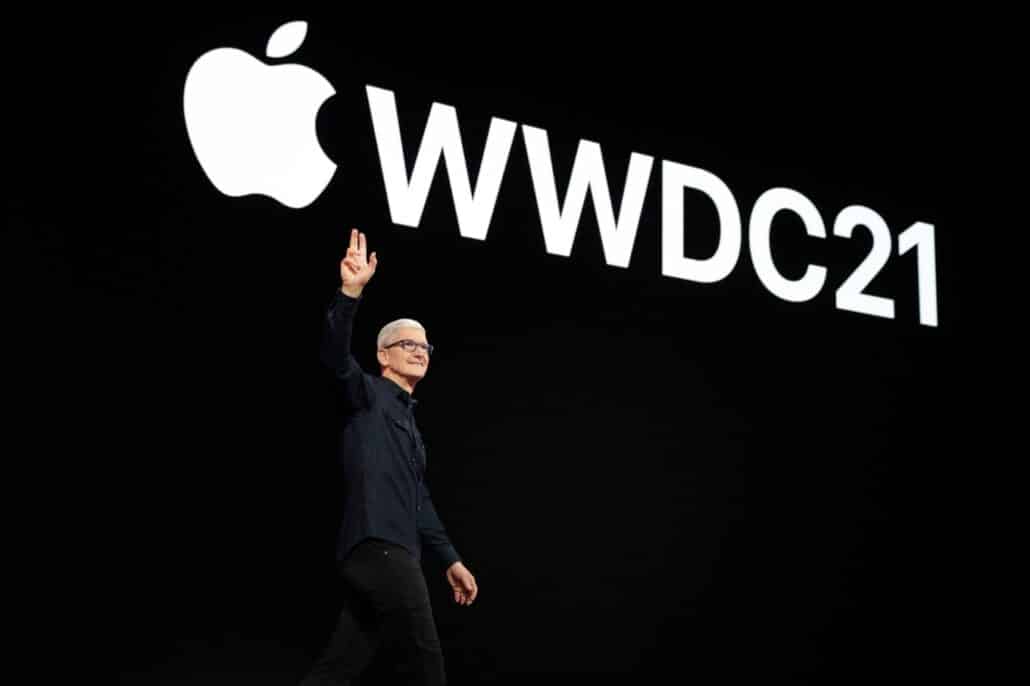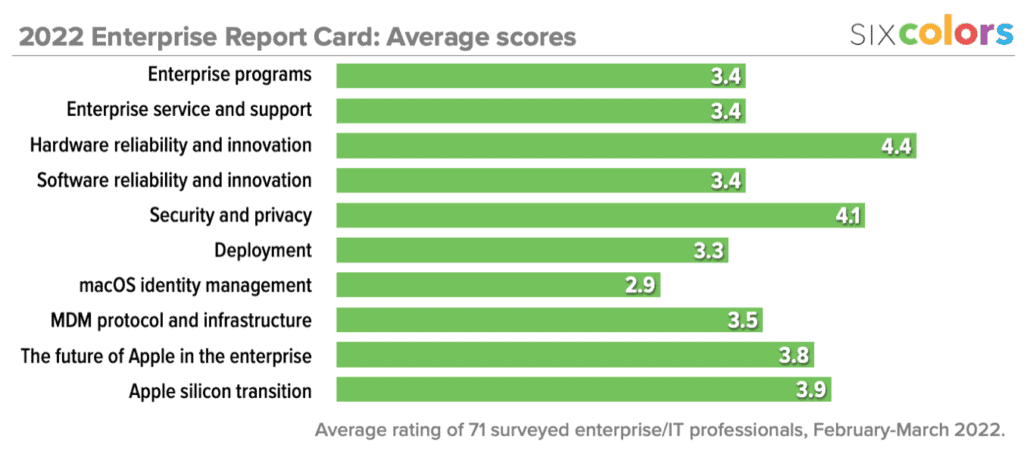
Cutting the cord: Apps, savings, and a networking headache

I cut the cord this week.
After several years of very slowly inching my way toward the precipice, it all happened in a hurry this summer: A discovery that I preferred to watch shows via Apple TV apps, even if they were also available on my TiVo. The realization that other than “Jeopardy!” and live sports, everything I watched was streaming. Wanting to simplify my TV (and remote control) setup when a TiVo was stuck in the middle of it all.
Finally, I broke down and did the math: I could replace my Xfinity cable TV and internet with AT&T gigabit fiber internet and an over-the-top TV service. And, after swapping a few streaming service freebies (Comcast gave me Peacock, AT&T gives me HBO Max), I’d get faster internet and everything running on the Apple TV—for $65 less every month.
For TV—because, yes, I’m not giving up live sports—I went with Fubo TV. I’ve already got a long, long, long list of ways the Fubo TV app could be improved—and I am going to test drive YouTube TV, which lacks a single channel that would’ve made it my choice over Fubo—but it will serve my baseball and football and “Jeopardy!” needs just fine.
In truth, even after consulting the excellent site Suppose, which lets you compare over-the-top TV services, I was disappointed to find that essentially no service offered all the channels I wanted.1 However, Fubo offered everything but TBS, which broadcasts baseball playoff games in October. So for one month, I’ll also subscribe to Sling Blue, just to get TBS, and then I’ll turn it off when the playoffs are over. Annoying, but also sort of freeing.
After years of dreaming about fiber being available in my neighborhood, the installation itself was easy. The hard part was adapting my home network to the new fiber gateway. While AT&T’s included Arris router is nifty—the optical terminal is built in, so it’s a single box—it is like every other cable box in wanting to provide firewall, routing, and wi-fi. There was no way the AT&T router’s wi-fi was going to cover my whole house the way that my two Eero boxes do, so I didn’t need its wi-fi. But I was willing to give it a try as my router.
So I switched my Eero into bridge mode, and used the AT&T box’s web interface to set up port forwarding to my server. It all worked pretty well, with one fatal exception: lack of support for an esoteric feature called “hairpin NAT.” I run a server at my house, and want it to be accessible both inside and outside my network. Hairpin NAT is a feature that realizes when you are trying to connect to an internet server (let’s call it snell.zone) that’s inside your network, and routes your outbound request back to the right place. With it, my scripts and widgets that reference snell.zone work everywhere. Without it, they only work outside my home network.
So I decided to go back to the network setup I was using with Comcast’s router—no wi-fi, no routing, just a dumb pass-through to the Eero, which would do all the routing. I set it up using the AT&T router’s clever Passthrough mode, and… everything failed. Couldn’t load a single thing inside the house.
After an hour of pulling my hair out and trying any number of different network configurations, I finally realized what the problem was: While my Eero router was running my entire network and piping it through the AT&T router, it was relying on the AT&T router for a bunch of its network information, including DNS server addresses. While Comcast’s router was happy to tell Eero the addresses of Comcast’s servers, AT&T’s router prefers to list itself as the DNS server of record. The result: all the devices on my network tried to connect to a server that they couldn’t actually see, because the Eero stood in the way. Once I realized this, I entered AT&T’s actual DNS server addresses in Eero’s settings and rebooted, and everything fell into place.
What I’m saying is, networking is dumb.
In any event, now everything is working, our entertainment flows only out of apps on our Apple TV, and things are good. While I’m going to keep my eye on the over-the-top competition, Fubo TV gets the job done—at least well enough to make me confident in calling Comcast today and canceling my account. It’s the end—I’ll miss you most of all, TiVo!—but the moment has been prepared for. I’m ready for the future.
- Locals, NBC Sports Bay Area, NFL Red Zone, and Pac-12 Networks were the big ones. ↩






